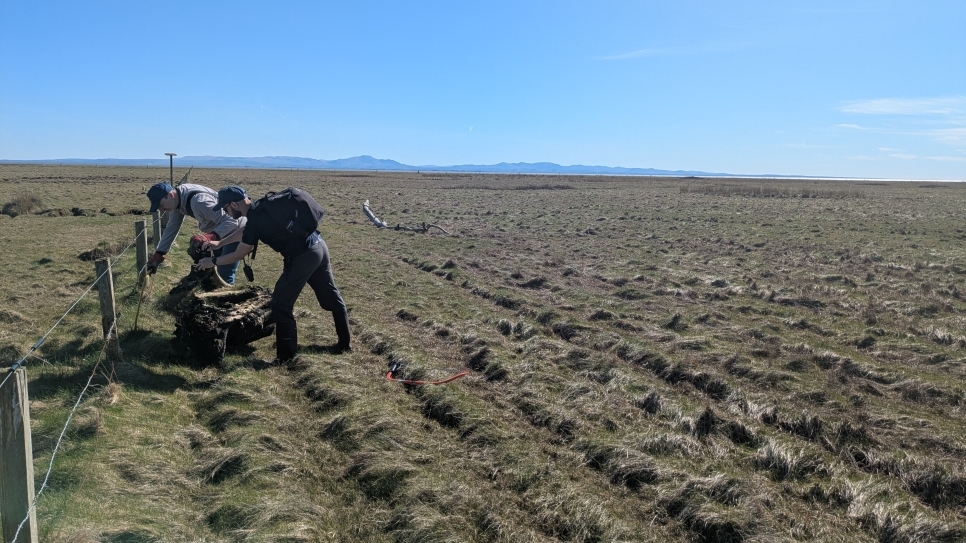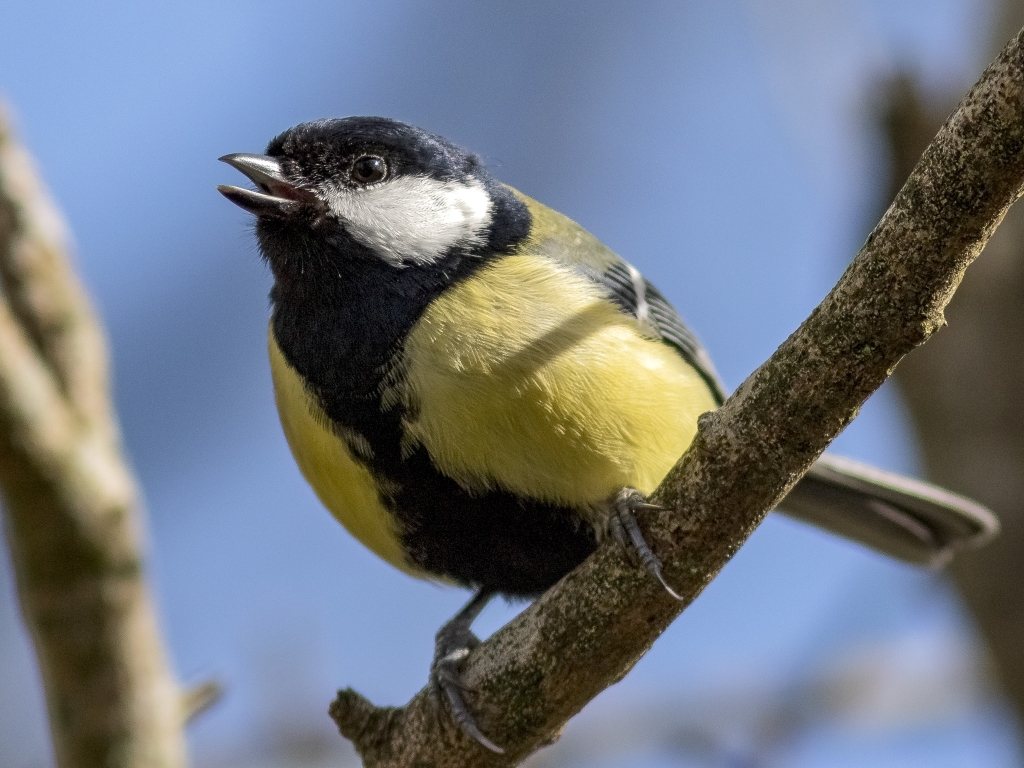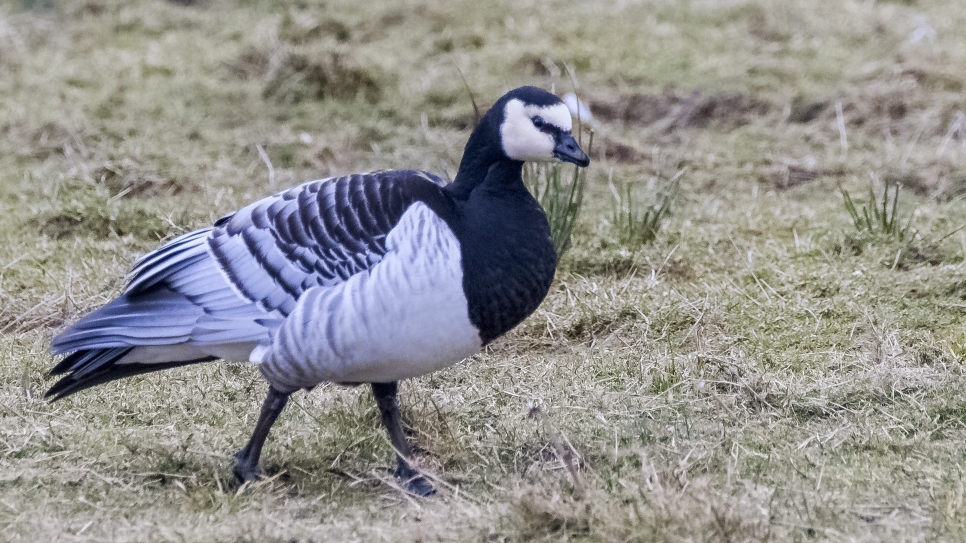How many geese?
It is 6 am in the morning, dark, cold, still, not quite a frost and I am standing on the edge of one of the largest areas of mud in the UK and I am wondering why I do these things. The alarm went off at 05:00 and even the normally enthusiastic dog looked at me with an expression as if to say “really?” on his face.
But this is what we do to count geese.
There are thousands and thousands of geese around the Solway – it is great for geese – the estuary is a safe place to sleep and we do really good grass round here so perfect goose country. But it is important to count them to see if the population is going up or down. The best way to do this is count them coming out of a roost. And I was just one of many counters spread across the UK doing a coordinated count to get a snap shot of goose numbers. This count is for grey geese – greylags and pink feet.
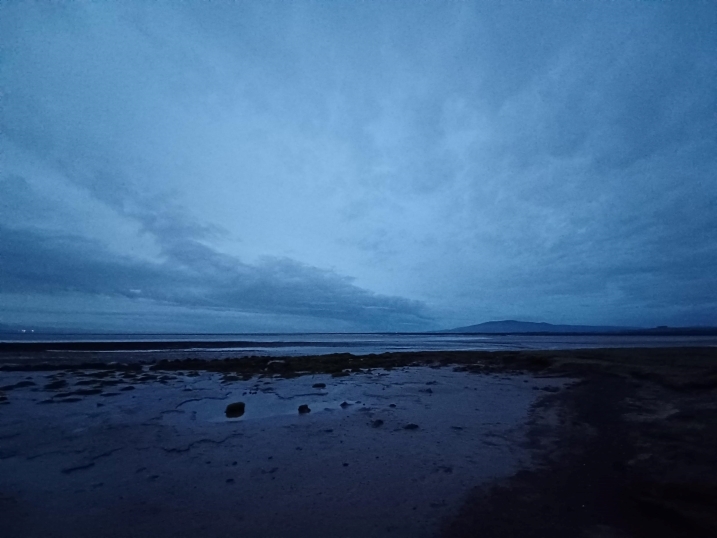
So here I am standing in the dark waiting for the geese to wake up and get moving. Meanwhile there was lots of other action going on around me – curlew, redshank, dunlin are all active out on the mud – moving, feeding, calling. This is ear work rather than visual. And a there is a changing of the shifts – snipe and lapwing finishing their night feeding while the chinking blackbird and churring wren in the gorse behind me are just waking up.
Gradually I started to see a part of the sky getting lighter, the dark looming mass of Criffel in the west starts to appear and the whole landscape is lit in a silvery blue light. The sunrise when it comes is brief and watery but welcome all the same.
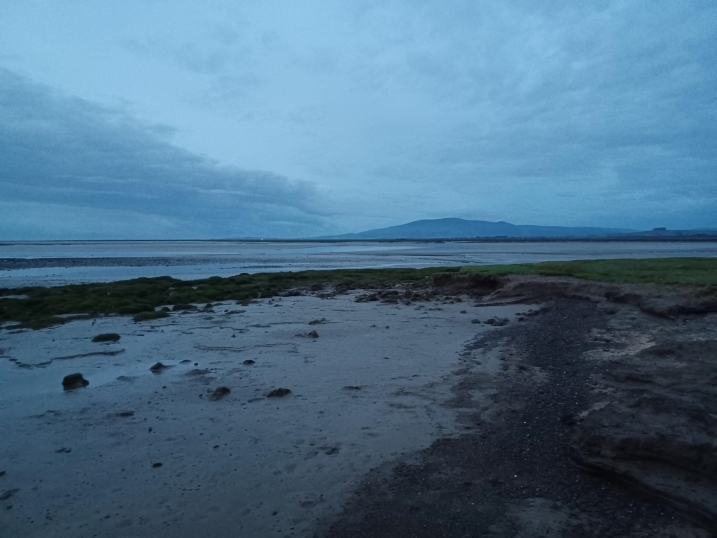
On the goose front it is quiet. A little bit of winking far out betrays the presence of pink footed geese. But it turns out that is all I hear from them. They are usually earlier risers and the layabout barnacle geese didn’t start to fly out of the roost for another twenty minutes. I could see huge numbers lift off the mudflats and head in land further west, the murmur of their calls drifting down to me. But small groups head my way. In front of me is a favourite first stop in the morning – so regular that in goose terms it is known as the Lochar café – where they gather to wash, chat and make a plan for the day. Seen close up they have a striking black, grey and white pattern but far away in a grey light they disappear with only goose chatter giving them away.
It is growing into a grey sort of day and with the growing light the day shift of Solway life goes about its business. Curlew gathering on the edge of the merse, redshank in loose marching groups sweeping the mudflats, mallard working the edges chuntering away to each other.
By 08:15 I had done all of the counting I was going to do – no pinkies and a few greylags. In numbers not very fruitful but a top quality couple of hours becoming a part of estuary life and most importantly of all – I had remembered why I do these things. Now back home for a second breakfast.
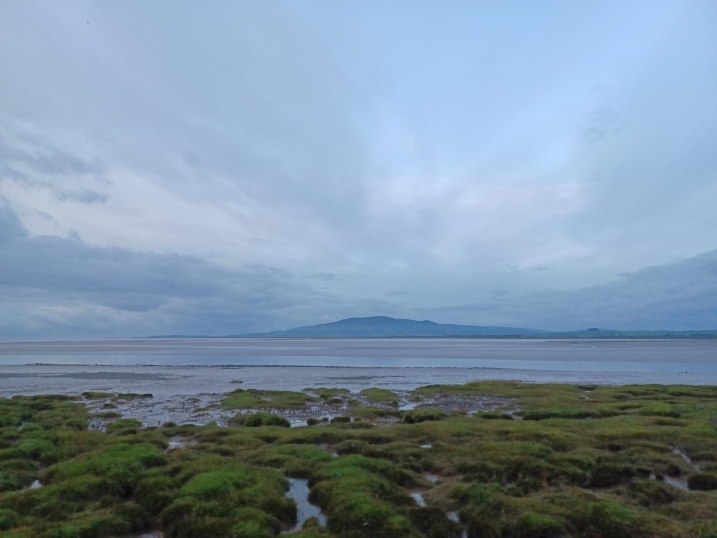
Words and images by David Pickett
